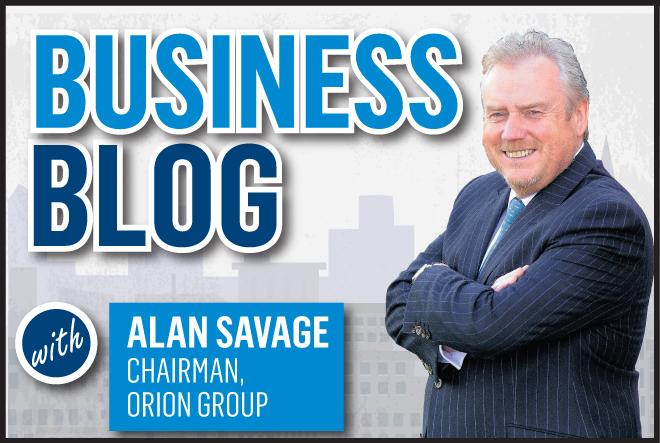There are few politicians out there right now who can legitimately claim to be at the peak of their political prowess. We might have said that just a few short weeks ago about our own First Minister, but to quote Harold Macmillan, “events” have somewhat put paid to that – for the time being at least.
So step forward, George Osborne. Love him or loathe him, Britain’s chancellor of the exchequer is laying the groundwork for what many commentators see as an orderly transition from Number 11 Downing Street next door to Number 10.
When David Cameron does eventually hang up his boots – at some point before 2020, it’s more than likely that it’ll be Osborne or his principal rival for the job – the indomitably eccentric outgoing Mayor of London, Boris Johnson – who some say will leave the rest trailing in their wake in their quest for the second (I live in Inverness) most important job in British politics.
The gathering two weeks ago of the Tory party faithful in Manchester gave both the chance to stake their claim. Normally party conference season is a time reserved for political anoraks while the majority of us remain steadfast, waiting for the inevitable banana skins!
Now, I’m not a believer in politicians, neither am I completely switched off from the toings and froings of day to day politics on both sides of the border, but I have to say there was one announcement from Mr Osborne that caught my eye – the decision to announce the creation of a National Infrastructure Commission was something of a political masterstroke in my own opinion.
The idea is that this new body will take a long-term look and advise government of the kinds of major infrastructure projects – from building new roads and railways to ensuring that we have enough power to keep the lights on – that the country needs in order to remain competitive in the global economy.
As a businessman, that kind of long term thinking is absolutely but unexpected common sense. Sure, we could all be cynical and say that it’s all just a big ruse to kick big decisions into the political long grass, but I think that this is a move with merit. Even in the appointment of the former Labour government minister Lord Adonis (what’s in a name?) to head up the body, the Chancellor is sending a strong signal to investors.
Adonis is a shrewd political operator and a veteran of the right wing Blair and Brown governments. We could put our cynical hats on and say that was a move designed to infuriate the straight talking, a-shovel-is-a-shovel Jeremy Corbyn and Labour Party (and infuriate them he did when he paraphrased Nye Bevan’s famous “we are the builders” line) and position the Tories, heaven forbid, towards the centre ground.
I think what Gallus George is doing here is very cleverly sending a strong message to investors that it’s time to take politicians out of the day to day minutiae of planning for big projects and start thinking about the long-term.
Back in the Real World
Back in the real world, businesses like mine don’t operate to short-term election cycles. But we do look to our governments in both Edinburgh and London to provide us with an environment that gives us the certainty, predictability and commitment in which to invest in people, jobs and services – never more so in times of economic unpredictability.
Here in Scotland, where our own Parliament has the final say over a whole myriad of infrastructure investment projects, we’ve been promised a fresh look at what is needed to keep our economy competitive over the next ten years beyond.
Nicola Sturgeon promised in her party’s Programme for Government last month an updated Infrastructure Investment Plan, but what’s stopping her from matching – or even bettering – Mr Osborne?
A Scottish Infrastructure Investment Commission could build on what’s been achieved since devolution and task the brightest and best from business, industry and – no, not politics – from setting out the long-term road map that gives us all the confidence with which to invest in the future. Other countries have taken the bold step to decouple the day-to-day politics from billions of pounds worth of infrastructure spending decisions, so why shouldn’t we?
The Edinburgh tram honeypot for the contractor controlled by a “mmm, let’s have blue trams or, mmm yellow ones” shows how politicians albeit local can squander huge amounts of precious taxes!
I’m convinced there are a number of high calibre captains of industry out there who could give a clear and level headed appraisal of the types of infrastructure investment – whether it’s oil and gas, rail, tram and road or digital infrastructure, that the region and country needs in order to prosper in the decades to come.
Finally
Jeremy Corbin has given British politics an alternative to two right wing parties and whether you love him or loathe him he is certainly up there with Boris! Will his left wing socialist policies usurp the Tories and what’s left of the Blairites, moreover, retake the ground that the SNP have cleverly claimed in Scotland!?
Can’t wait for the play to unfold…..
